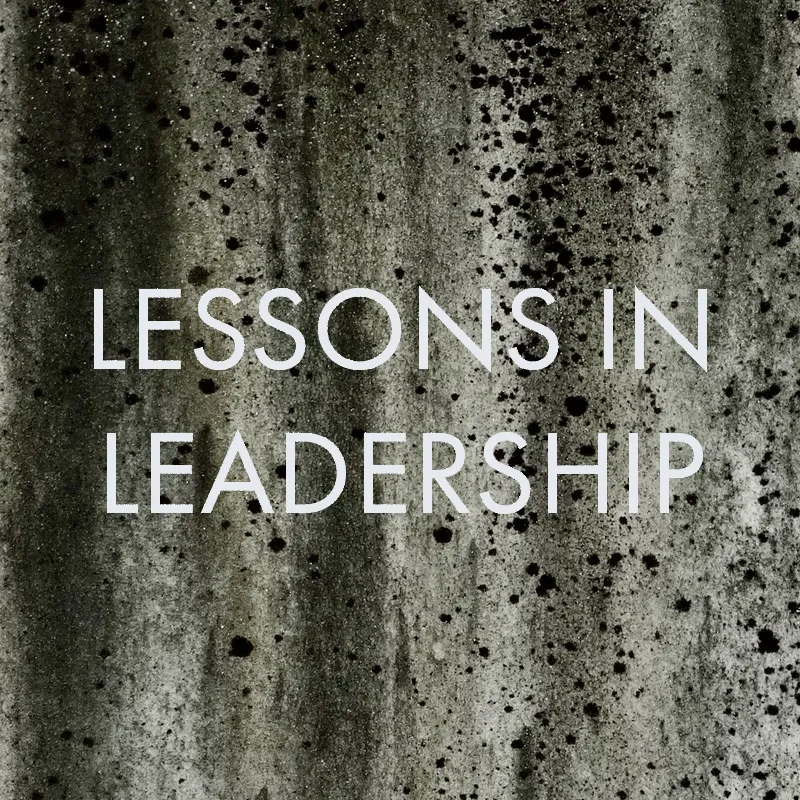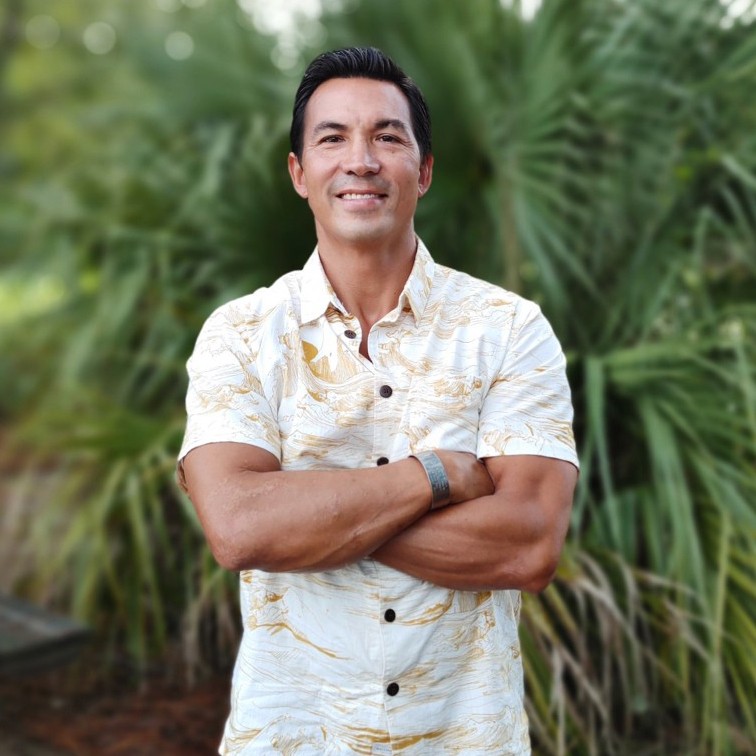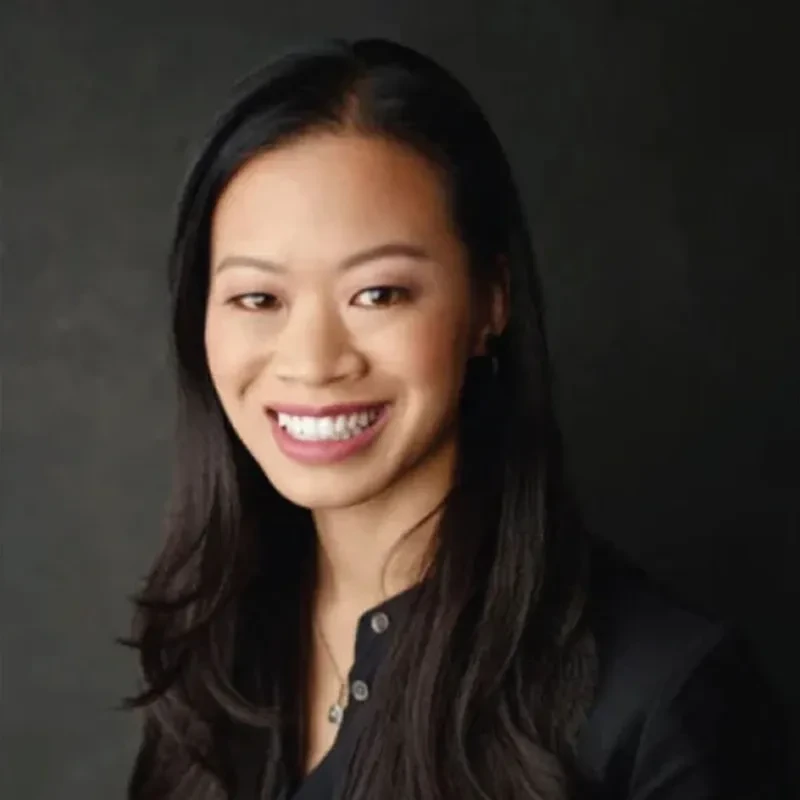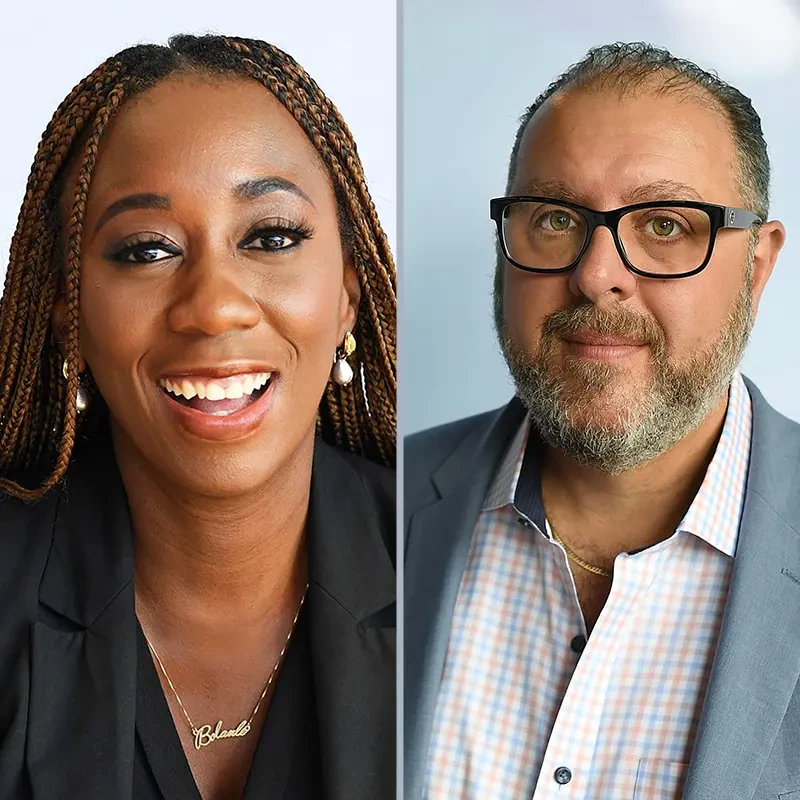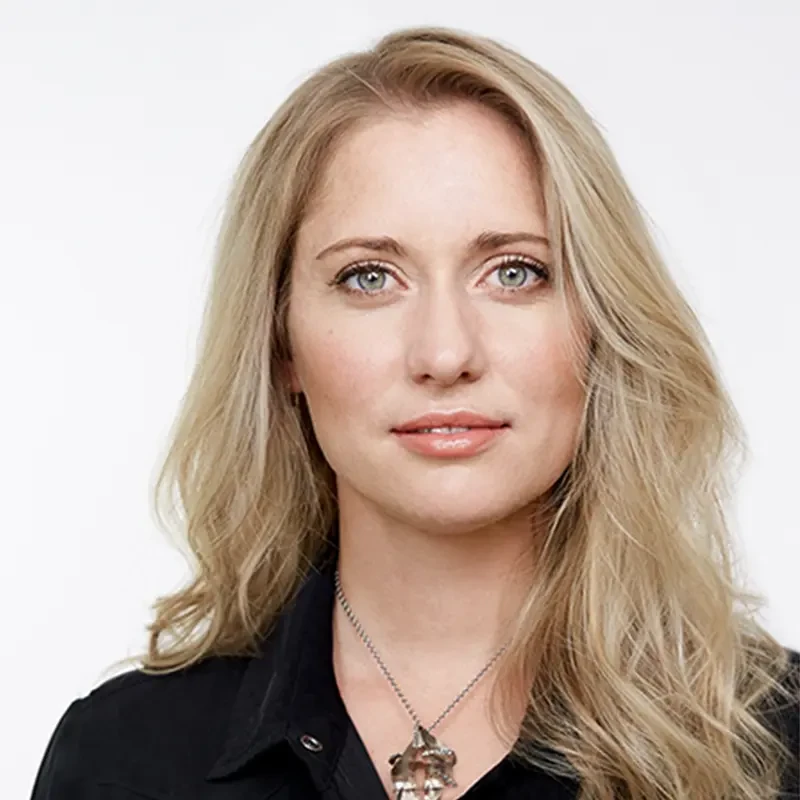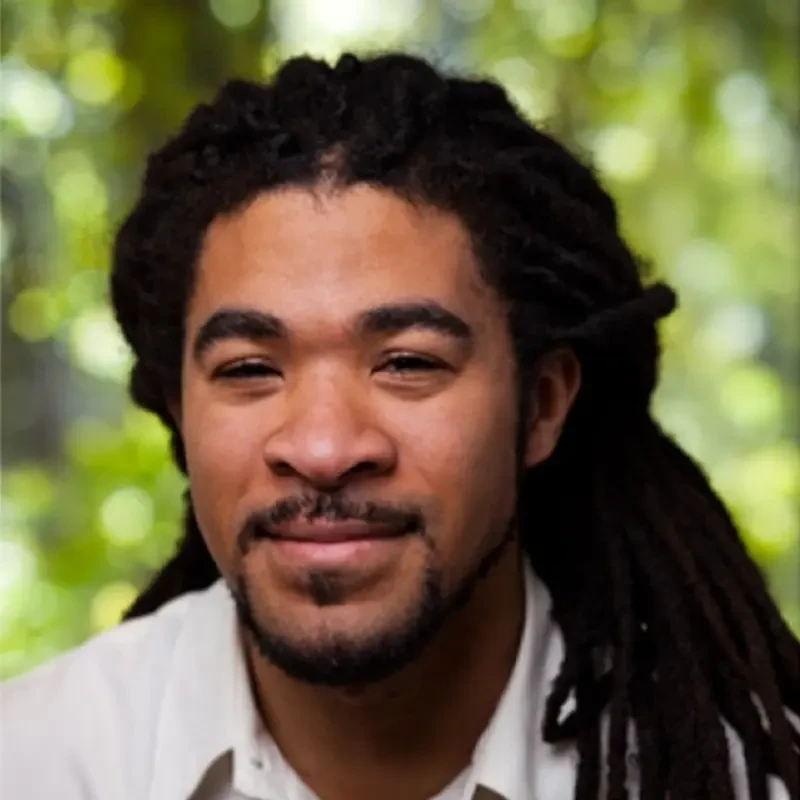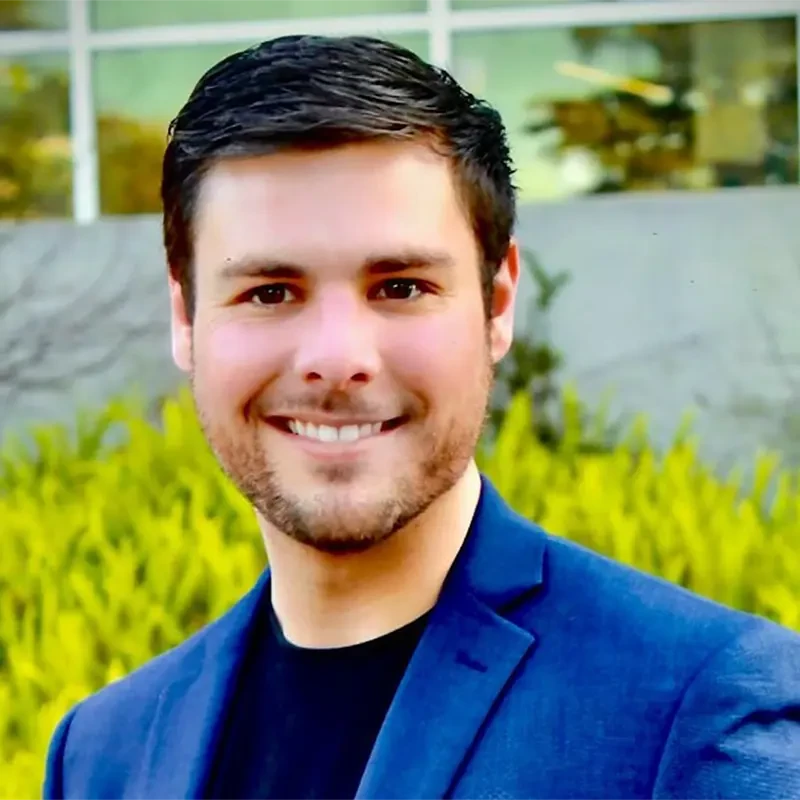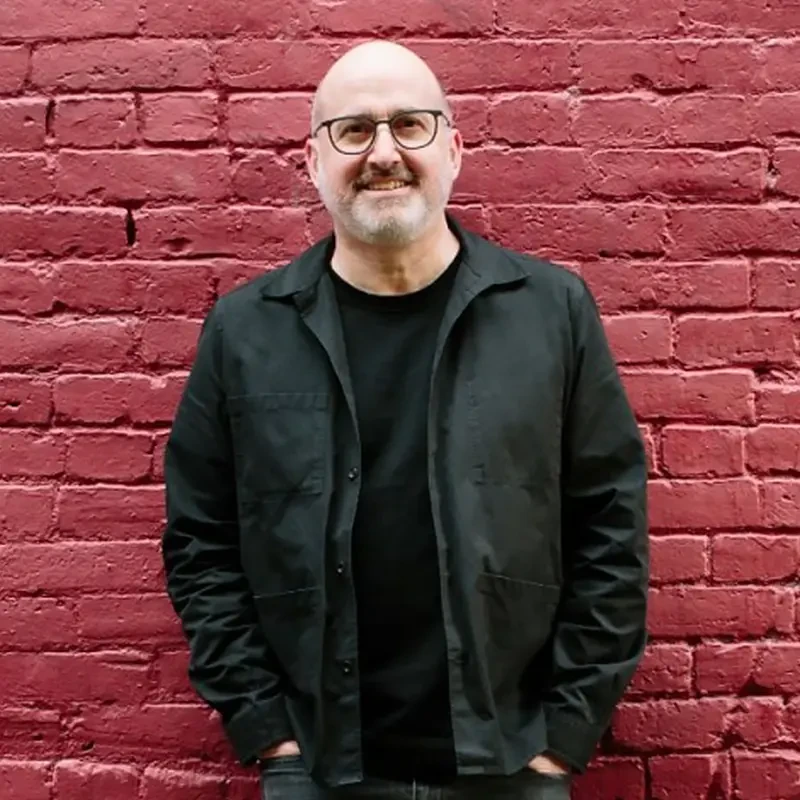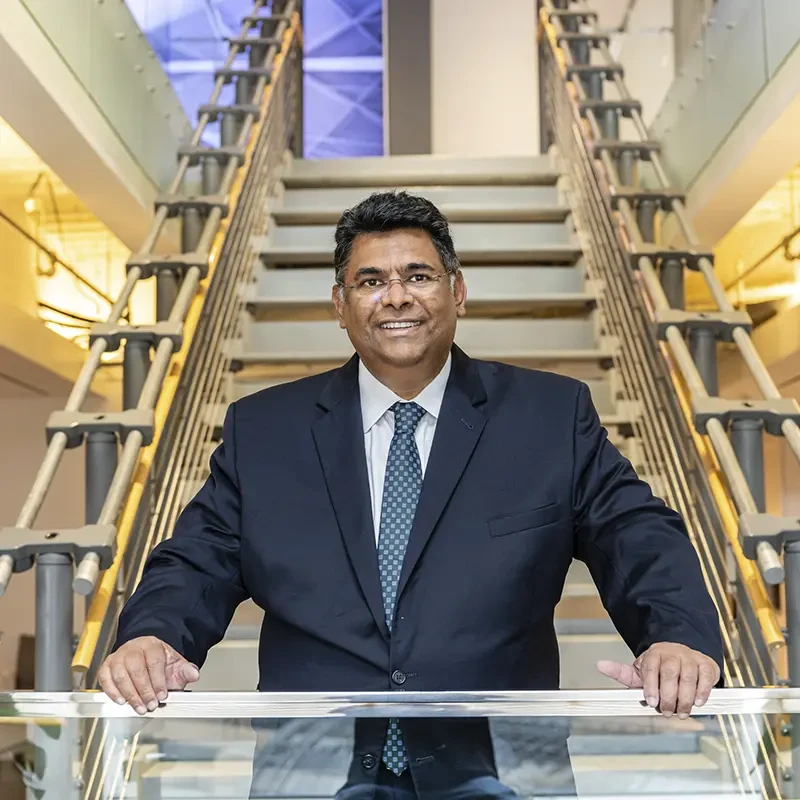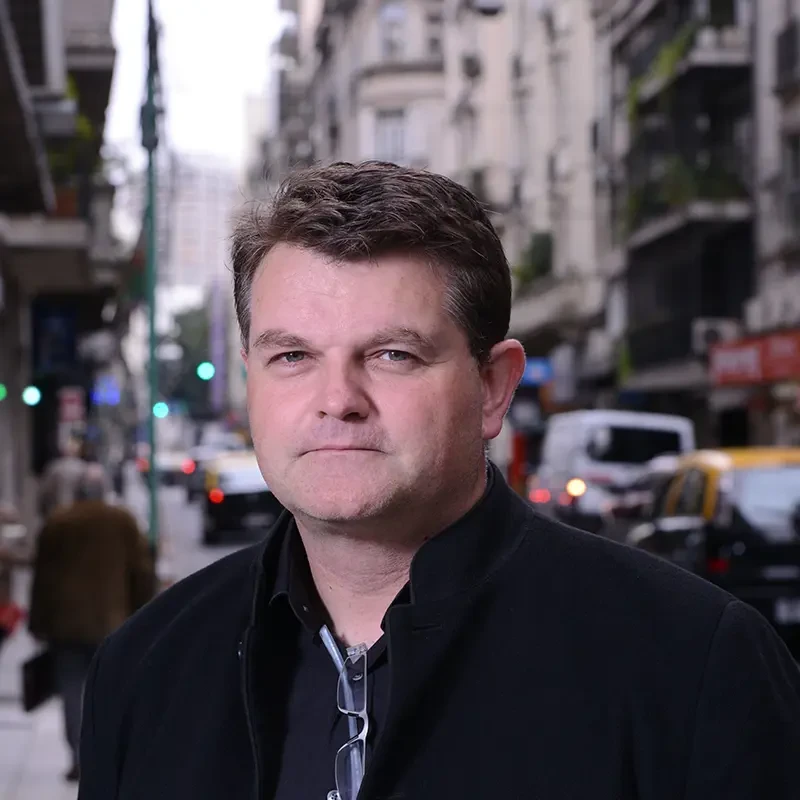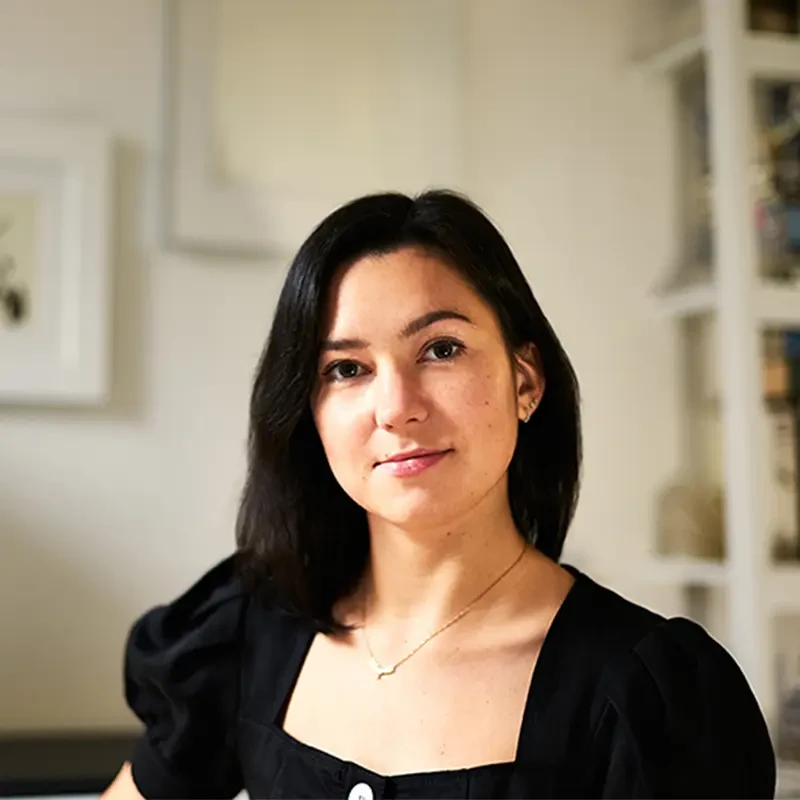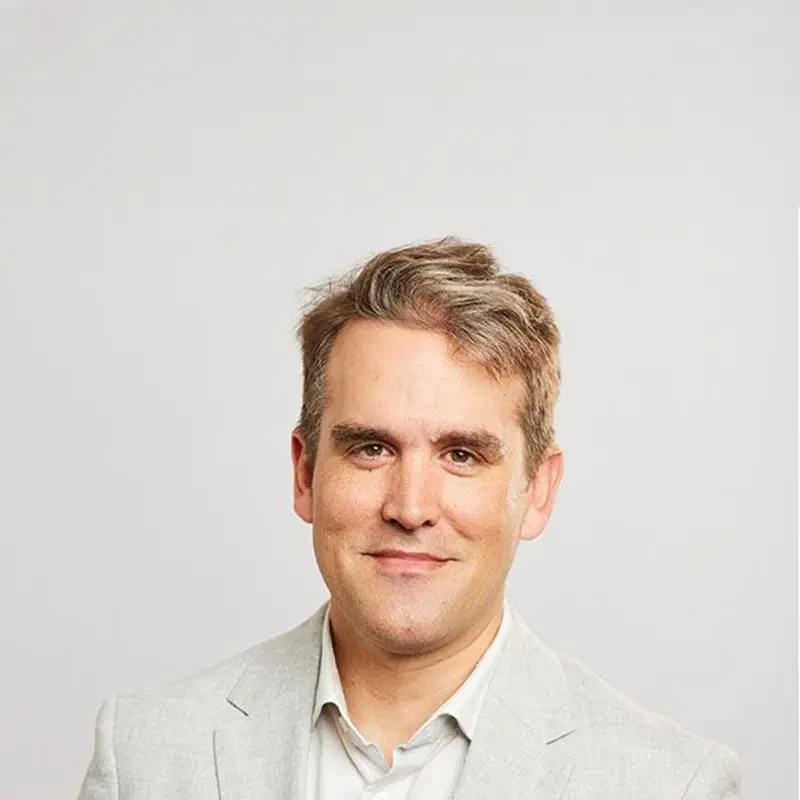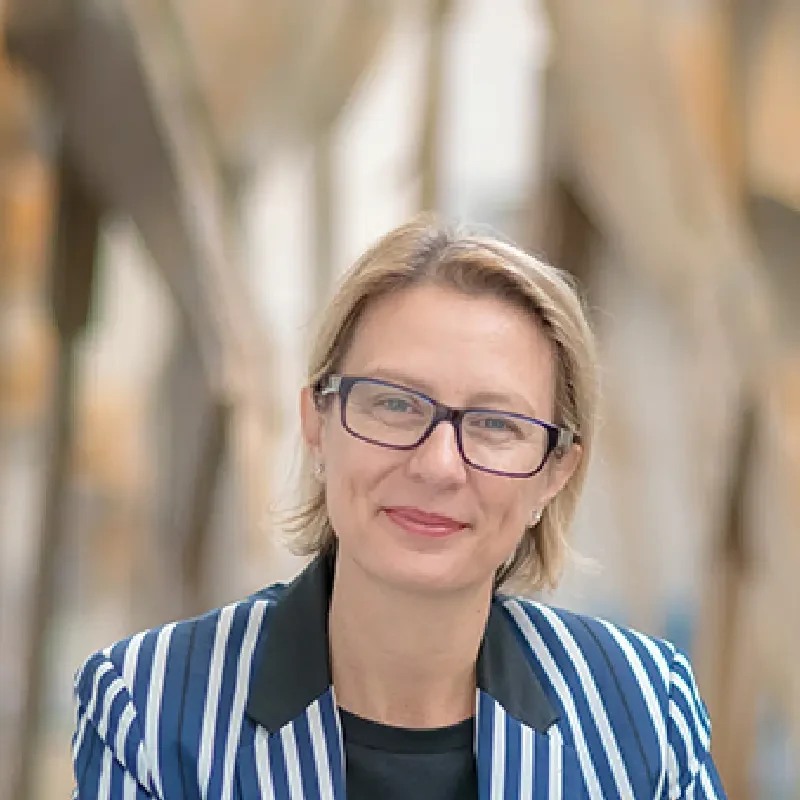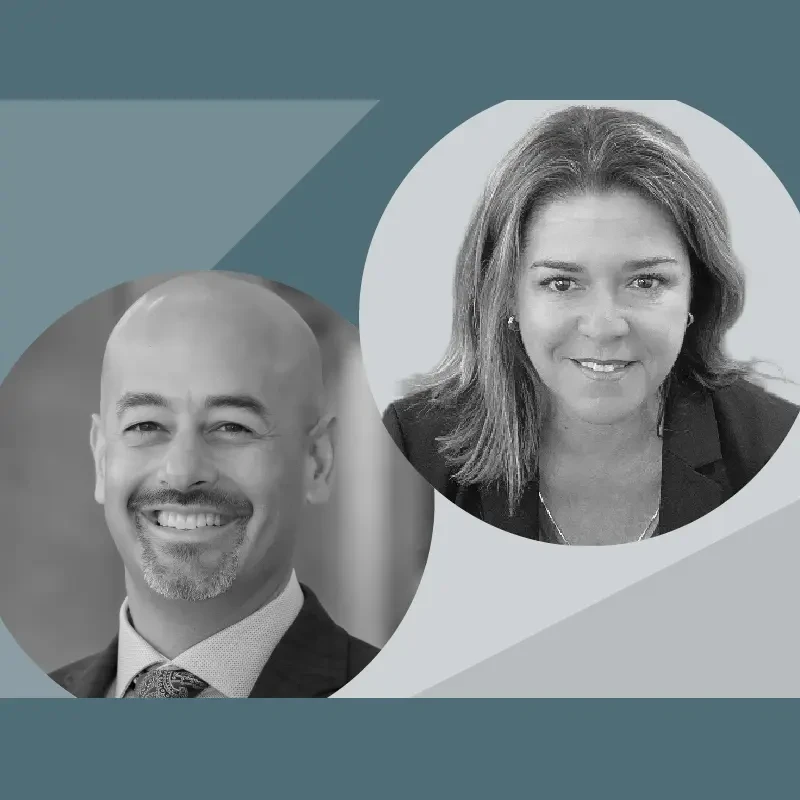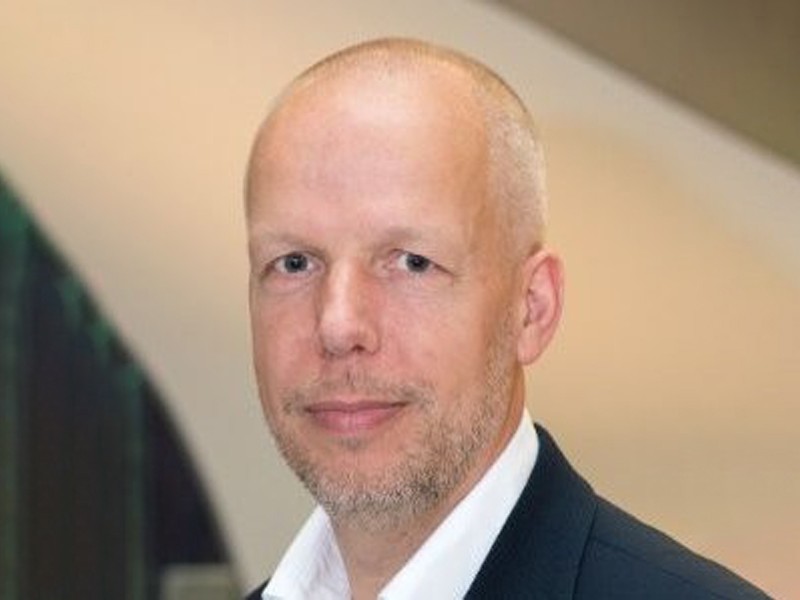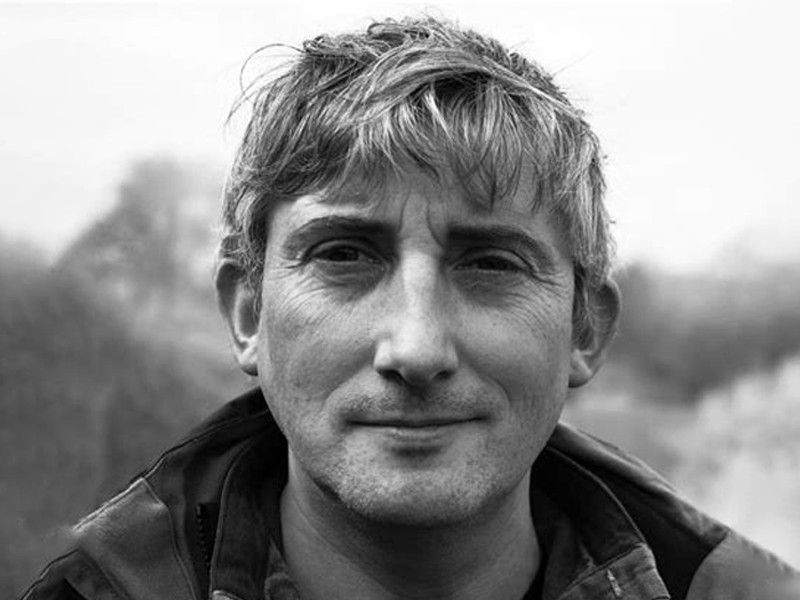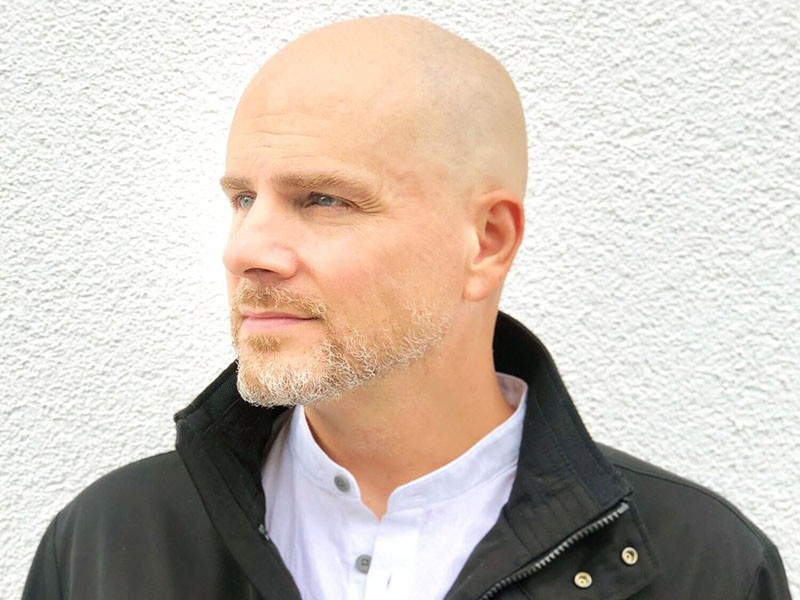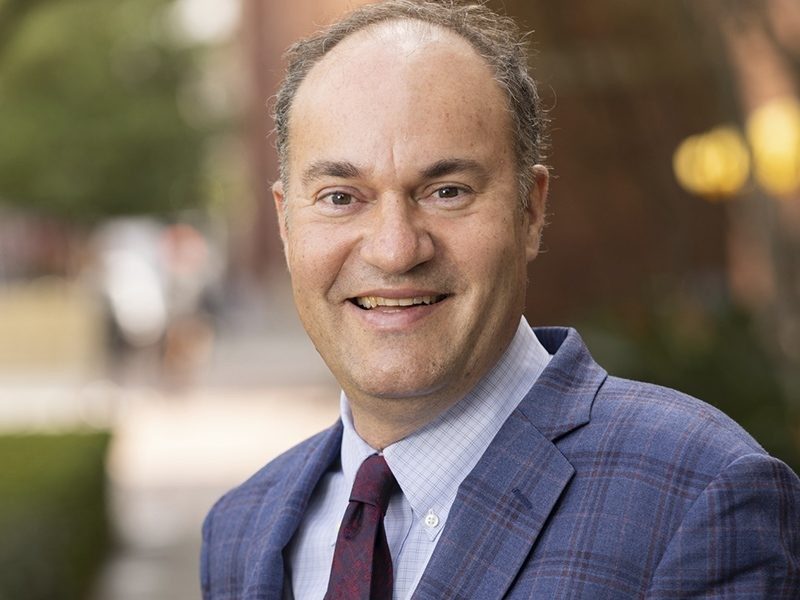
Collaboration: Winners Without Losers
Paul Finch
Programme director of the World Architecture Festival
April 17, 2024
Paul Finch visits Hollywood to examine the creative process.
Collaboration is an odd word. It has overtones of defeat and an unholy alliance with conquerors — for example, what happened in France after the successful German invasion in 1940. The opposite of collaboration at that time was resistance, admirable in those historical circumstances, but this word today has overtones of a stubborn refusal to listen to reason.
Collaboration has happier connotations in relation to the world of architecture and construction. What, after all, can be achieved without a large degree of collaboration, even in respect of modest projects? Very little, but the subject of collaboration and the creation of effective teams is not discussed as much as it probably should be — where, for example, is the methodology to determine whether what you view as a successful, collaborative team is really working as it should be?
One answer would be: “a successful outcome.” The problem is that by the time the outcome has been delivered, it is too late to do anything about elements of the collaboration that failed early in the design and/or construction process.
It is tempting to make comparisons with the world of filmmaking in thinking about how buildings are created, even though the parallels between the parties involved are not exact. The film producer is generally both client and financier, but unlike a real estate investor or other building client, they will have their own collaborations to worry about, notably distribution.
The director might be regarded as the architect in this scenario but might be working with a screenplay they have not written; the programme, therefore, may be more complex (or different) to the narrative produced by another hand. The obvious example is an adaptation of a novel or play, where the director’s intentions are quite separate from the narrative and characters provided. Hence the temptation to make changes — in the case of any Shakespeare play turned into film, I always look for the line “with additional dialogue by ...” in the credits.
My favourite example of the collaboration which should have gone wrong but didn’t is Max Reinhardt’s 1935 “A Midsummer Night’s Dream,” for Warner Brothers, which included stars such as Dick Powell, James Cagney, Mickey Rooney as Puck, comic genius Joe E. Brown and Olivia de Havilland, making her film debut.
I confess to looking up Wikipedia to remind myself of some of the things that went wrong:
Max Reinhardt did not speak English at the time of the film’s production. He instead gave orders to the actors and crew in Austrian German while fellow refugee and longtime Reinhardt collaborator William Dieterle acted as his interpreter.
The shooting schedule had to be rearranged after Mickey Rooney broke his leg while tobogganing. Since the production was too expensive to be delayed, Rooney’s remaining scenes had to be shot with a stand-in for the running and elfin sequences. Foliage had to be used to conceal his broken leg, as well as holes in the floor to complete Rooney’s scenes. According to Rooney’s memoirs, Jack L. Warner was furious and said he wanted to kill Rooney, bring him back to life, and then break his other leg.
The innovative use of cellophane to create fairyland images was an expensive risk which worked, but a misunderstanding about the film led to massive cancellations by distributors across the U.S., while in Germany the film was banned by Goebbels, partly because Reinhardt was Jewish and partly because he regarded the film as an example of German expressionism and, thus, “degenerate art.” An example of resistance, perhaps. It is a great film, despite the miscasting of Dick Powell, and well worth seeing at its original length, a modest 132 minutes. And what a collaboration!
The trick to … move in a constructive direction is often found by sticking rigorously to an open-minded approach where everyone’s preconceptions — especially our own — are questioned.
I am also indebted to the British architect Ian Ritchie, in an exchange on collaboration, to get another reminder, this time from his 1994 book “(Well) Connected Architecture.” He defined the crucial ingredients for successful collaboration as follows:
- Each must take time to listen to the other and suspend prejudices. Not only does this allow mutual respect to grow, but without it, the synergy of mutual creativity cannot flourish: the process, like brainstorming, in which nobody can quite remember where the solution came from.
- The commonality of aims is usefully complemented by a diversity of expertise.
- No barriers = no defences. There are those who feel threatened when another profession speaks their language and questions their assumption. [It is a shame we have these languages and hide behind them at times.] This is inhibiting to any free exchange.
These principles of collaboration apply at all stages of a project — initially with a client, and later with a builder or fabricator. Differences of orientation can generate conflict or can be harnessed creatively. The trick to helping this process move in a constructive direction is often found by sticking rigorously to an open-minded approach where everyone’s preconceptions — especially our own —are questioned, and we demonstrate a willingness to receive the ideas of others and modify our own, while at the same time refusing to compromise our design principles and values. Those ideas that survive this process of challenge are stronger for having stood up to scrutiny, and the process is exciting.
Ritchie’s “10 Commandments of Collaboration” still apply and are as follows:
- We will begin without preconception or prejudice.
- We take nothing for granted except your commitment to the project.
- We know how to listen but are ready to question and to be interrupted.
- Ideas are shared — no one can claim them afterwards. Everyone owns the problems, but nobody owns the solutions.
- We recognize the project as a mediator, which helps resolve differences of view.
- We respect the minds of our collaborators.
- There is time together (synthetic thinking and action) and time apart (reflection).
- All participants are equal, there are no bosses.
- We respect the common concept — collective idea — as being more important than what any individual could have conceived.
- We are prepared to improvise and side-step conventional ways of doing things.
These rules are as apt today as when they were written 30 years ago. The only thing missing is advice on how to create collaborative teams that are likely to succeed and who should be responsible for this (or is this itself a collaborative effort?). As with Jack L. Warner, you have to start somewhere, and Max Reinhardt was the choice. And he was working with Shakespeare.
Paul Finch is the programme director of the World Architecture Festival.


